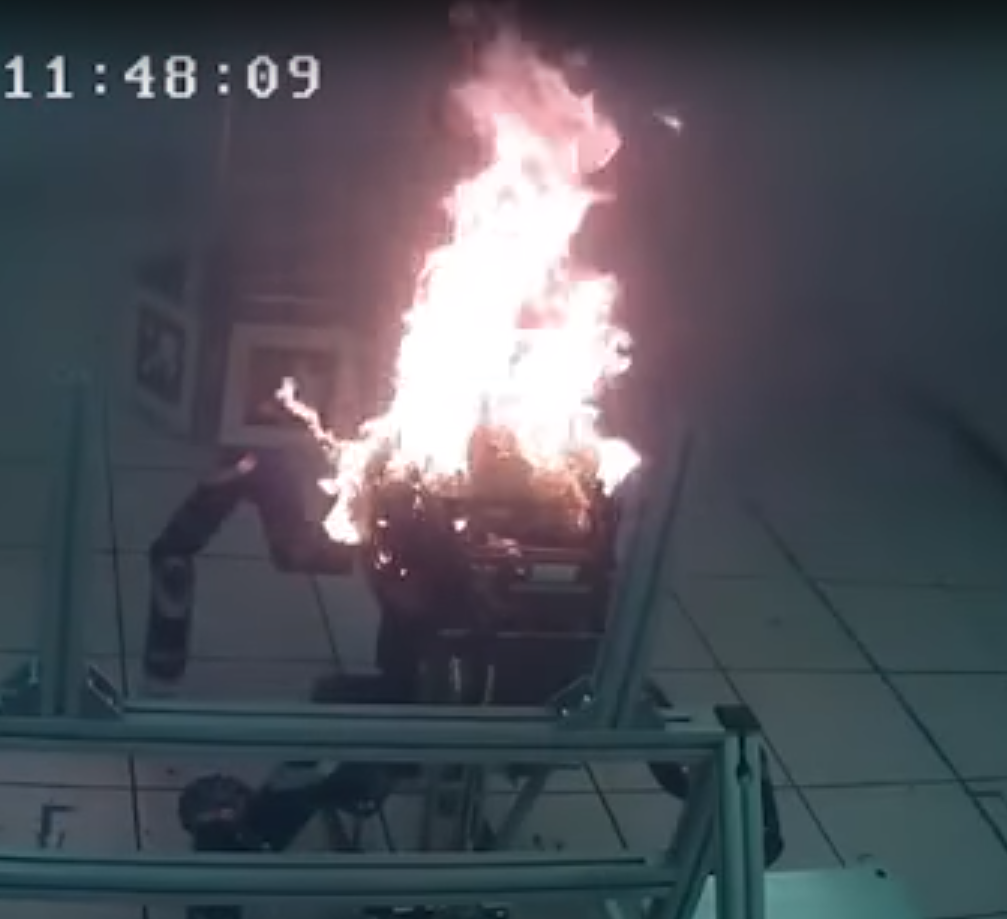Depends on the Isc and the fuse rating. If the Isc is 6A and the fuse rating is 15A... how would you exceed 15A with 3 strings? If the Isc is 9A and the fuse rating is 15A you absolutely need fuses for 3 strings.
Screen Shot 2019-07-05 at 6.31.09 PM.png
Screen Shot 2019-07-05 at 6.31.09 PM.png



Comment